Museum Overview
Visit the Vietnam Era Museum!
Temporary exhibits are featured in the theater area and lobby of the Museum. These change three to four times each year and focus on a variety of topics related to the Vietnam Era including Veteran-created art, photography, popular culture, and military history
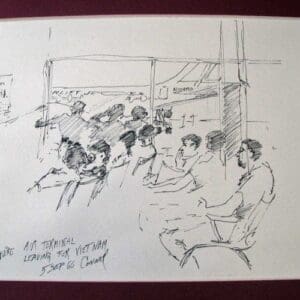
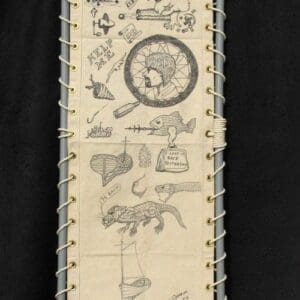
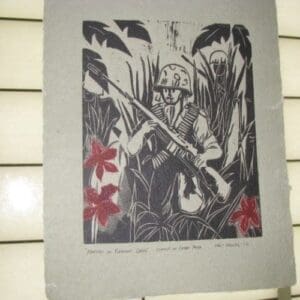
Covering the walls of the Museum is a chronology of the Era that presents a historical recollection of the events , shown in two concurrent timelines — one reflecting the activity in Vietnam and the other reflecting political, cultural and historical events in the United States. This allows visitors to gain a full perspective of the political, military, social, and cultural elements in play during this time. Interspersed along this timeline are touch screen computers that provide visitors with an interactive glance at historical events, as well as personal photographs submitted by Vietnam Veterans and their families.
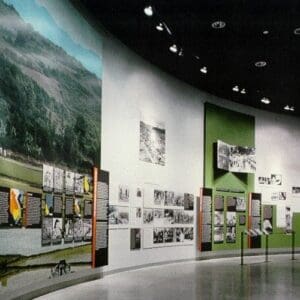
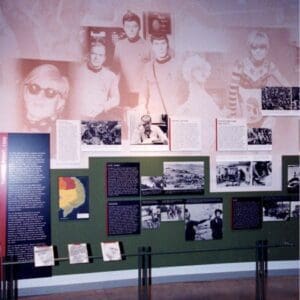
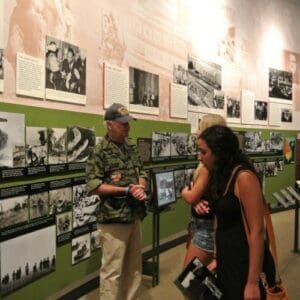
Complementing the historic timeline is the Circle of Letters, a chronological display of items collected from those who served and their supporters back home. These personal accounts help make the connection between the facts of War and the lasting effects it has on peoples’ lives.
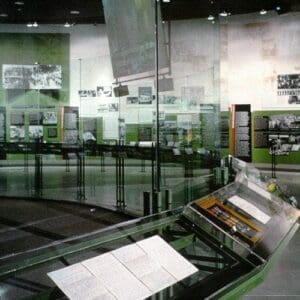
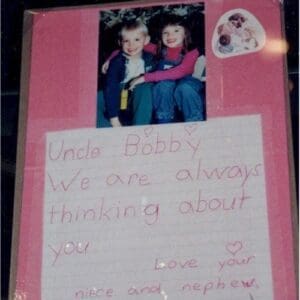
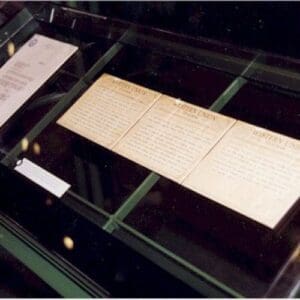
By sharing the oral histories of New Jerseyans who lived through this Era, the experiences of the Vietnam War and the 1960’s, the human side of this tumultuous time engage visitors. This vast array of memories bring personal voices to the many faces and experiences of the War. From a mother who lost a son, to a war protester, to a three-tour Veteran, these individuals represent the millions of people whose lives were forever changed by the Vietnam War and bring the hard, cold facts into the proper perspective.
Below are clips from our Testimony Theater housed within Vietnam Era Museum & Educational Center.
Our one hour presentation is broken down by topic into several shorter segments on each of the following topics. These are just a few of the clips from the video. The full video is on view at the Vietnam Era Museum & Educational Center.
- Take Route 287 or Route 78 to the Garden State Parkway South.
- Take the Garden State Parkway South approximately 15 miles to Exit 116 (PNC Bank Arts Center).
- As you enter the Arts Center grounds, stay to the right and follow the brown directional signs to the Educational Center.
- Make a right turn onto Memorial Lane and make 2nd left into the Ed Center Parking Lot.
Visit the Vietnam Era Museum!
Temporary Exhibits
Historic Timeline
Circle of Letters
The Testimony Theater
Arriving in Vietnam
